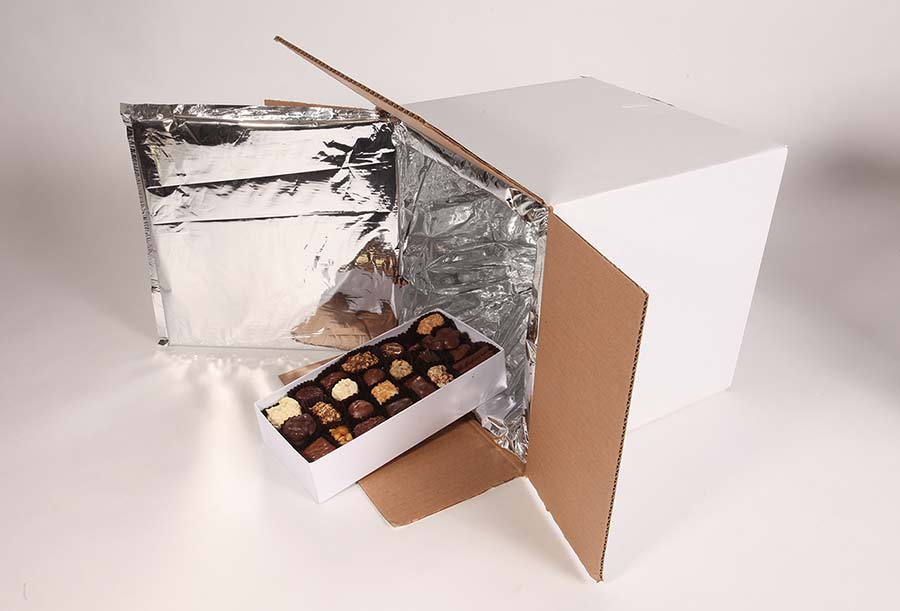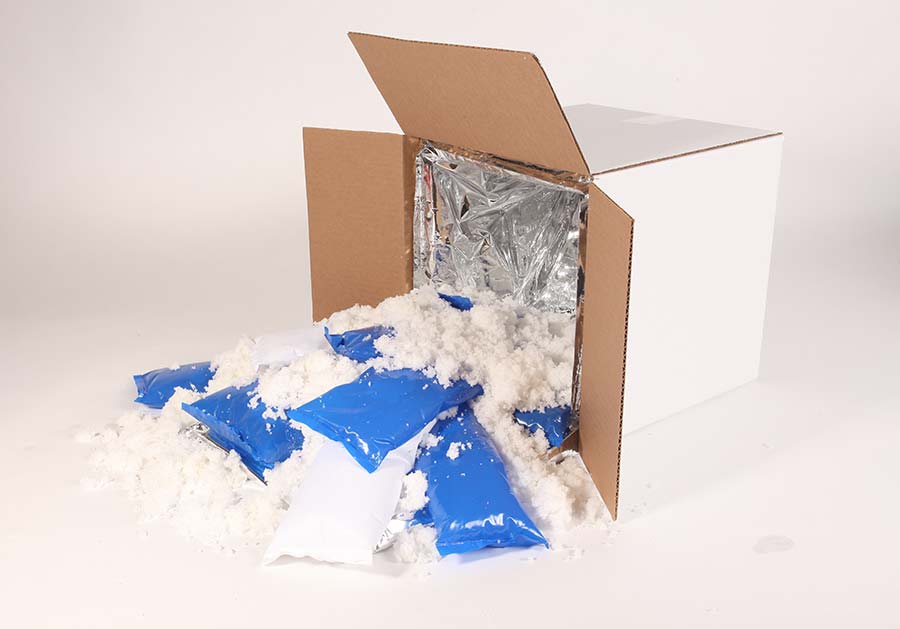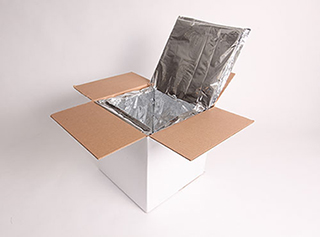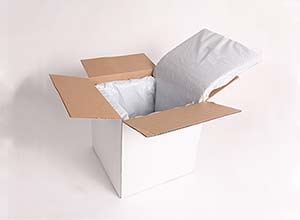While the winter months are long and cold, they do have positive implications when it comes to shipping chocolate. Colder weather means colder shipping temperatures, which makes it easier and cheaper to prevent chocolate from melting while in transit.
Shipping chocolate using web fulfillment, including FedEx or UPS Ground, comes with certain difficulties, and various considerations must be made to prevent goods from spoiling while on their way to your customers. Questions you should ask include:
- How long will the product be in transit?
- What will the temperature be during transit?
- What is the minimum temperature I can achieve inside the container without causing blooming due to too low a temperature? (Blooming refers to when chocolate turns white on its surface when too cold.)
- At what temperature will my chocolate products begin to melt?
- How can I find the perfect balance between the amount of refrigerant and insulation to get the performance I need at the right cost?








